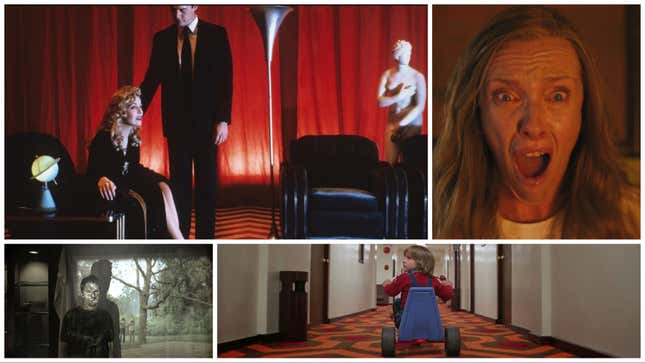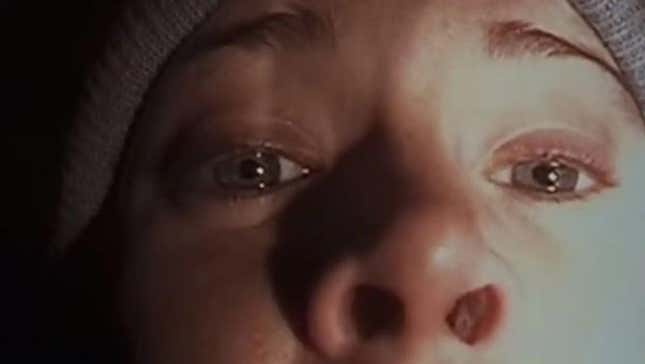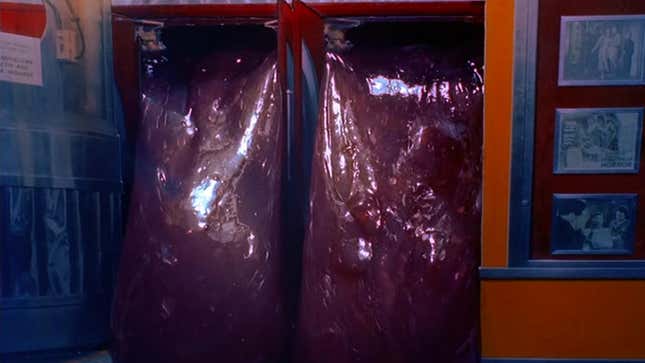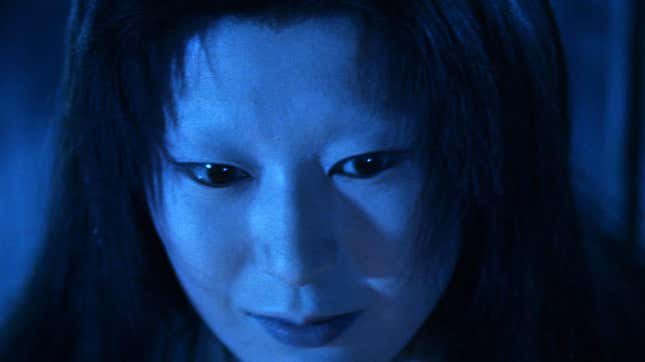
The film library of HBO Max is an ever-evolving beast (just ask the victims of various mergers and cancellations), but if it’s horror cinema you’re looking for this month, the platform can guarantee chills up your spine. In addition to housing Warner Bros. hits like The Shining and The Exorcist, there are classics as varied as Kwaidan, House, and The Blair Witch Project.
As usual, The A.V. Club and its reviews and expert commentary are here to guide you toward the best—scariest, eeriest, and most essential—viewing options. So boot up your HBO Max, minimize the endless scrolling, and read on for our recommendations for the best horror movies available now. And for the best films overall on HBO Max, click here.
This list was most recently updated on March 23, 2023.



